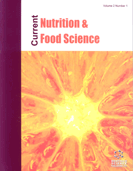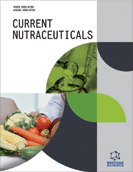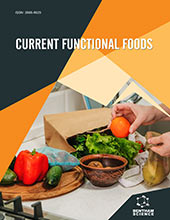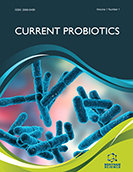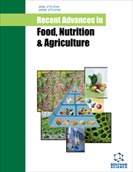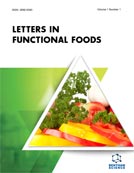Abstract
Background: Milk of camel is well-known for there health effects on human. The aim of this study was to determine the composition of fatty acids in the raw milk of one-humped camel in Iran.
Methods: For this purpose, 25 samples of one-humped camel milk from 7 different places in Iran (Tehran, Qazvin, Golestan, Bushehr, Sistan-Baluchistan, Khuzestan and Semnan) were collected. Fatty acid composition of samples were determined by gas chromatography method.
Results: The results of analyses of the samples showed that 26 fatty acids were identified and determined. Among the regions, Tehran had the lowest amount of butyric acids and linoleic acid (P 0.05). Bushehr had the lowest percent of myristic acid and high levels of oleic, inoleic and capric acids. Golestan had the highest amount of palmitic acid in comparison to other provinces. Also, Golestan, Khuzestan and Qazvin had the highest level of butyric acid. Milk samples obtained from Sistan-Baluchistan were rich in lauric and butyric acids, while palmitic acid was low.
Conclusion: In general, one-humped camel milk had 46.74% saturated fatty acids, 44.33% mono unsaturated fatty acids, and 8.91% polyunsaturated fatty acid. The variations in the composition of fatty acids can be attributed to a grazing area.
Keywords: Camel milk, fatty acid, one-humped camel, gas chromatography, Iran, lipid compounds.
Graphical Abstract
Current Nutrition & Food Science
Title:Evaluation of Fatty Acid Composition of Raw Milk of Iranian One Humped Camel
Volume: 12 Issue: 3
Author(s): Somayeh Ranjbar Shamsi, Zahra Piravivanak, Maryam Moslehishad and Zohreh Pooretedal
Affiliation:
Keywords: Camel milk, fatty acid, one-humped camel, gas chromatography, Iran, lipid compounds.
Abstract: Background: Milk of camel is well-known for there health effects on human. The aim of this study was to determine the composition of fatty acids in the raw milk of one-humped camel in Iran.
Methods: For this purpose, 25 samples of one-humped camel milk from 7 different places in Iran (Tehran, Qazvin, Golestan, Bushehr, Sistan-Baluchistan, Khuzestan and Semnan) were collected. Fatty acid composition of samples were determined by gas chromatography method.
Results: The results of analyses of the samples showed that 26 fatty acids were identified and determined. Among the regions, Tehran had the lowest amount of butyric acids and linoleic acid (P 0.05). Bushehr had the lowest percent of myristic acid and high levels of oleic, inoleic and capric acids. Golestan had the highest amount of palmitic acid in comparison to other provinces. Also, Golestan, Khuzestan and Qazvin had the highest level of butyric acid. Milk samples obtained from Sistan-Baluchistan were rich in lauric and butyric acids, while palmitic acid was low.
Conclusion: In general, one-humped camel milk had 46.74% saturated fatty acids, 44.33% mono unsaturated fatty acids, and 8.91% polyunsaturated fatty acid. The variations in the composition of fatty acids can be attributed to a grazing area.
Export Options
About this article
Cite this article as:
Shamsi Ranjbar Somayeh, Piravivanak Zahra, Moslehishad Maryam and Pooretedal Zohreh, Evaluation of Fatty Acid Composition of Raw Milk of Iranian One Humped Camel, Current Nutrition & Food Science 2016; 12 (3) . https://dx.doi.org/10.2174/1573401312999160530191618
| DOI https://dx.doi.org/10.2174/1573401312999160530191618 |
Print ISSN 1573-4013 |
| Publisher Name Bentham Science Publisher |
Online ISSN 2212-3881 |
 26
26
- Author Guidelines
- Bentham Author Support Services (BASS)
- Graphical Abstracts
- Fabricating and Stating False Information
- Research Misconduct
- Post Publication Discussions and Corrections
- Publishing Ethics and Rectitude
- Increase Visibility of Your Article
- Archiving Policies
- Peer Review Workflow
- Order Your Article Before Print
- Promote Your Article
- Manuscript Transfer Facility
- Editorial Policies
- Allegations from Whistleblowers
- Announcements


